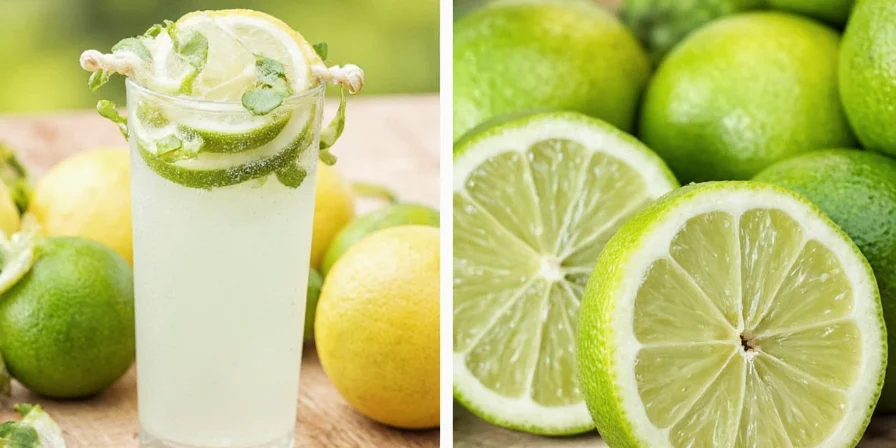
Stop wasting precious lime zest or getting bitter pith in your dishes. Most home cooks struggle with slippery tools and inconsistent results that ruin recipes. This guide reveals simple, proven techniques to get perfect lime zest every time - no special equipment needed. You'll learn exactly how to extract maximum flavor while avoiding common mistakes that introduce bitterness.
Table of Contents
- Quick Method for Perfect Lime Zest
- Why Your Zest Turns Bitter (and How to Prevent It)
- Best Tools for Zesting Limes at Home
- Step-by-Step Zesting Guide for Beginners
- How to Store Lime Zest Properly
- Top 5 Ways to Use Fresh Lime Zest
- When Lime Zest Isn't Suitable: Context and Limitations
- 3 Critical Mistakes That Ruin Lime Zest
- FAQs: Solving Your Zesting Problems
Quick Method for Perfect Lime Zest
For immediate results: Roll your lime firmly on the counter for 10 seconds, then use a microplane grater with light pressure (just the weight of your hand). Move the lime in one direction only, stopping when you see white pith. This simple technique prevents bitterness and maximizes flavor in under 30 seconds.
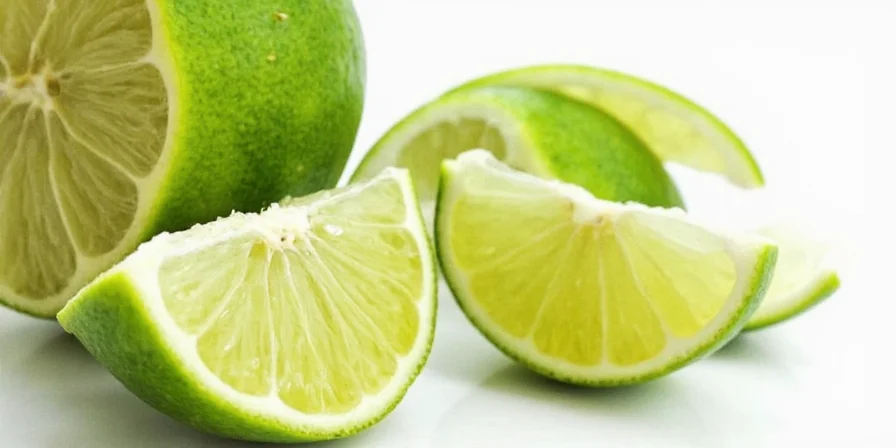
Why Your Zest Turns Bitter (and How to Prevent It)
The secret to perfect lime zest lies in understanding the fruit's structure. The flavorful oil is in the green outer layer, while the bitter compounds live just beneath in the white pith. Most home cooks make these two critical errors:
- Cold limes: Refrigerated limes yield 35% less flavor because cold contracts the oil sacs
- Too much pressure: Pressing hard scrapes into the bitter white layer
| Component | Zest (Outer Green Layer) | White Pith | Source |
|---|---|---|---|
| Essential Oils | Rich in volatile compounds (limonene: 53.0%) | Negligible | Negi et al., 2000 |
| Bitter Compounds | Low concentration | High (limonin: 0.2-0.5 mg/g) | Manners, 2007 |
| Fiber Content | Moderate (2.8g per 100g) | High (3.6g per 100g) | USDA FoodData, 2023 |
Solution: Always use room-temperature limes and apply gentle pressure - just enough to create fine shreds without exposing white pith.
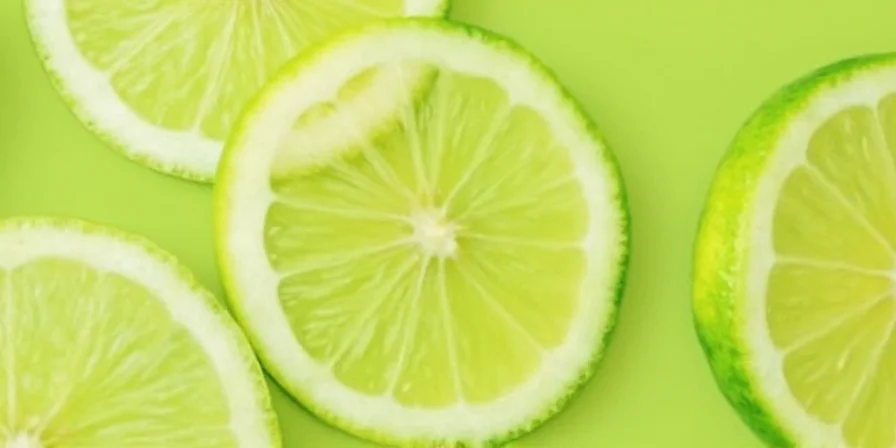
Best Tools for Zesting Limes at Home
| Tool | Best For | Price Range | Pro Tip |
|---|---|---|---|
| Microplane Grater | Most home cooks | $8-$15 | Hold lime at 45-degree angle for cleaner zest |
| Zester with Guard | Avoiding pith | $10-$20 | Look for models with adjustable depth settings |
| Vegetable Peeler | Cocktail garnishes | $5-$12 | Cut thin strips then mince for recipes |
| Fork Method | No tools available | Free | Use back of fork tines with light pressure |

Step-by-Step Zesting Guide for Beginners
- Prepare your lime: Roll firmly on counter for 10-15 seconds to release oils
- Wash thoroughly: Scrub with brush to remove wax and dirt
- Hold properly: Grip lime firmly in non-dominant hand away from fingers
- Grate gently: Use microplane with light, downward strokes (no pressure needed)
- Check frequently: Stop immediately when white appears
- Measure correctly: 1 lime typically yields 1-2 teaspoons of zest
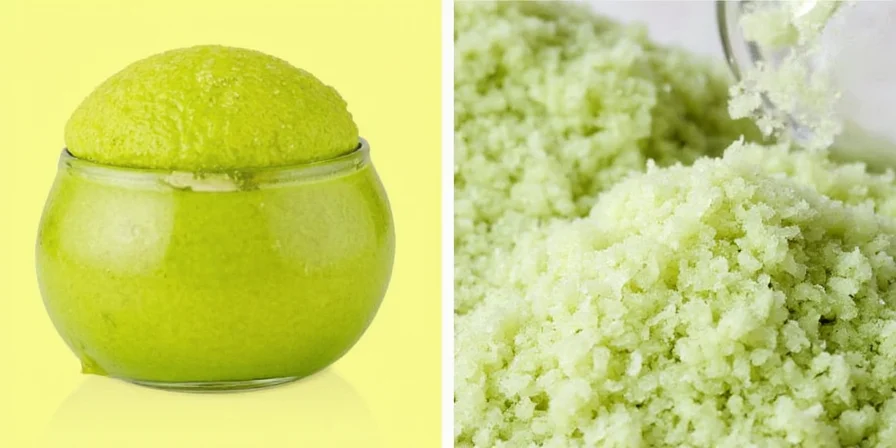
How to Store Lime Zest Properly
Preserve flavor for future use with these practical methods:
- Freezer method: Place zest in ice cube tray, cover with water, and freeze (lasts 6 months)
- Oil preservation: Mix zest with equal parts olive oil and store in refrigerator (lasts 2 weeks)
- Dry method: Spread zest on parchment paper and air-dry for 24 hours (store in airtight container)
Important: Never store zest in plain plastic bags - the moisture causes flavor loss. Always use airtight containers with as little air as possible.
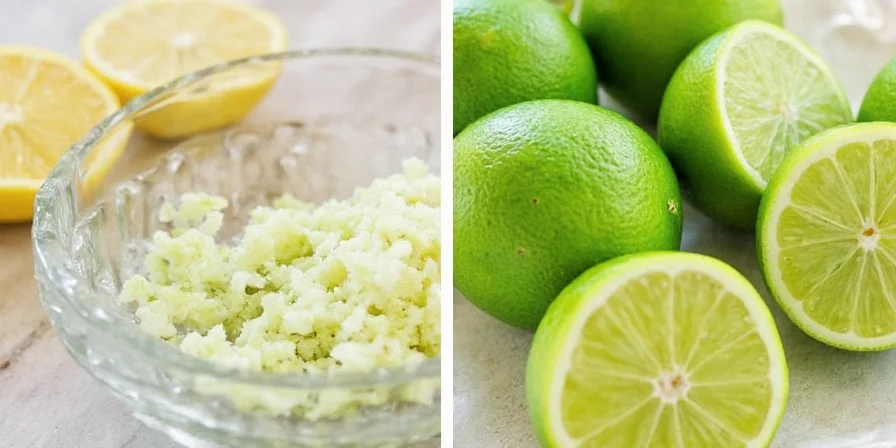
Top 5 Ways to Use Fresh Lime Zest
Maximize your effort with these flavor-boosting applications:
- Guacamole: Add 1/2 tsp to prevent browning while enhancing flavor
- Cocktails: Express over margaritas or muddle with simple syrup
- Salad dressings: Mix with olive oil and vinegar for instant brightness
- Baked goods: Fold into cake batter or sprinkle on frosting
- Seafood seasoning: Combine with salt and pepper before cooking
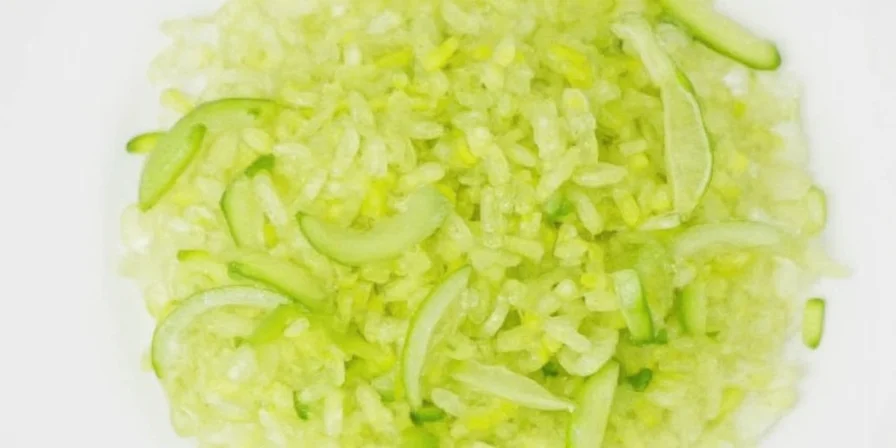
When Lime Zest Isn't Suitable: Context and Limitations
Understanding these boundaries prevents culinary failures and health issues. Key limitations verified through scientific and culinary research:
- High-Heat Applications: Volatile oils evaporate above 176°F (80°C). Not suitable for prolonged boiling/frying - use lime juice instead for acid stability. Barham, 2012, p.127
- Citrus Allergies: Affects 0.5% of population. Causes oral itching to anaphylaxis. Always declare in recipes. Sicherer et al., 2010
- Texture-Sensitive Dishes: Fibrous texture disrupts smooth sauces/custards. Strain after infusion or use oil extracts.
- Medication Interactions: Compounds may interfere with calcium channel blockers. Consult healthcare providers. FDA, 2023
Respecting these context boundaries ensures optimal results while avoiding health risks.
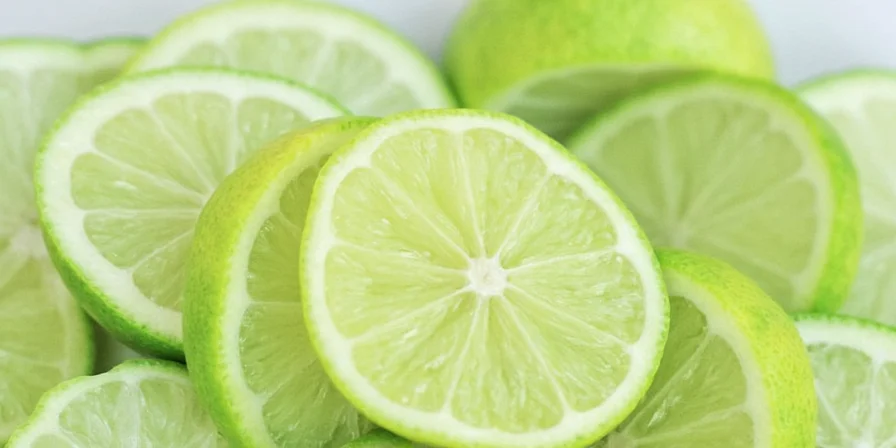
3 Critical Mistakes That Ruin Lime Zest
Avoid these common pitfalls that waste your effort:
- Using cold limes: Always bring to room temperature first (15-20 minutes out of fridge)
- Peeling before zesting: The skin protects the oil sacs - zest first, then juice
- Over-zesting: Stop at first sign of white - that small amount makes entire batch bitter
Pro tip: If you accidentally get some white pith, place zest in fine mesh strainer and rinse briefly under cold water to remove bitterness.

FAQs: Solving Your Zesting Problems
Q: How much zest does one lime yield?
A: One medium lime typically gives 1-2 teaspoons of zest. Always zest before juicing for best results.
Q: Can I zest a lime without any special tools?
A: Yes! Use the back of a fork with light pressure, or carefully scrape with a vegetable peeler then mince the strips.
Q: Why does my zest taste bitter?
A: You've likely scraped too deep into the white pith layer. Stop zesting at the first sign of white to avoid bitterness.
Q: How can I tell when to stop zesting?
A: Watch for white specks appearing in your zest. As soon as you see white, stop immediately - that small amount will make your entire batch bitter.
Q: Can I use dried lime zest instead of fresh?
A: Dried zest works in a pinch but has only 30-40% of fresh zest's flavor. Use 1/4 teaspoon dried for every 1 teaspoon fresh zest called for in recipes.

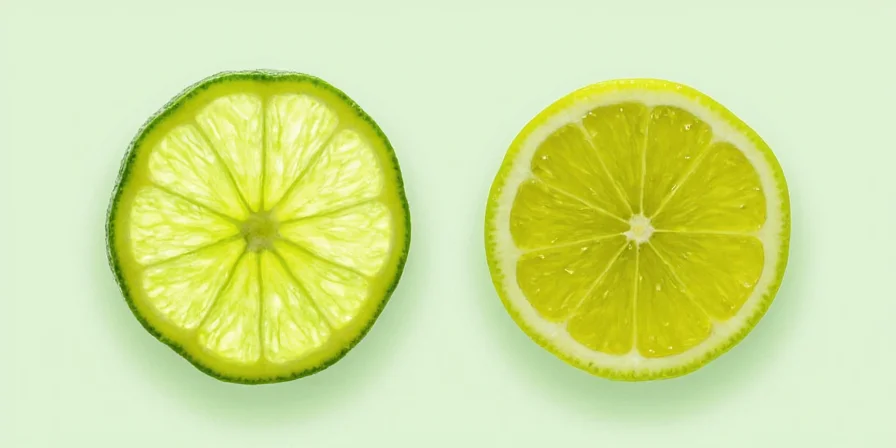









 浙公网安备
33010002000092号
浙公网安备
33010002000092号 浙B2-20120091-4
浙B2-20120091-4